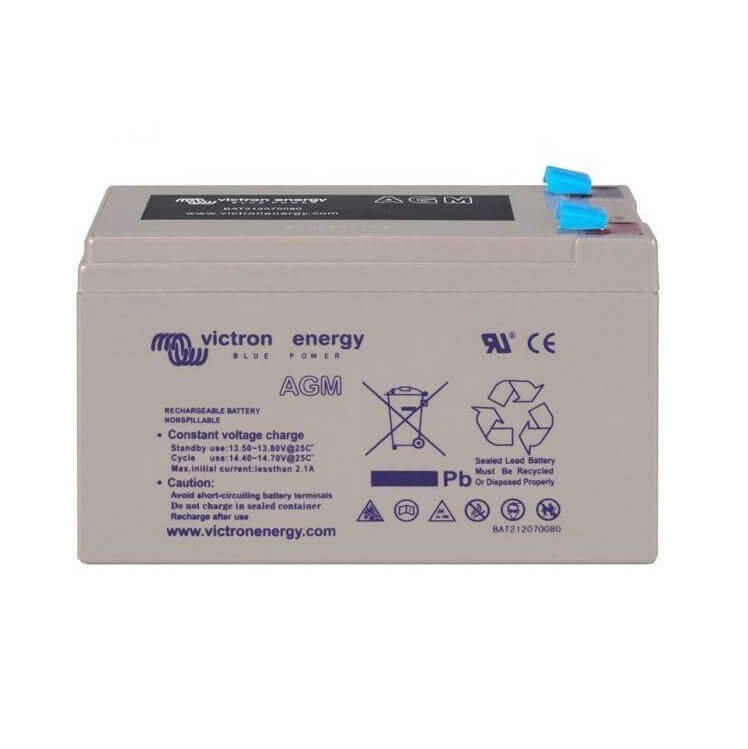Better partial state-of-charge performance, more cycles, and higher efficiency
Replacing the active material of the negative plate by a lead carbon composite potentially reduces sulfation and improves charge acceptance of the negative plate.
The advantages of lead carbon therefore are:
- Less sulfation in case of partial state-of-charge operation.
- Lower charge voltage and therefore higher efficiency and less corrosion of the positive plate.
- And the overall result is improved cycle life.
Failure modes of flat plate VRLA lead acid batteries in case of intensive cycling
The most common failure modes are:
- Softening or shedding of the active material. During discharge the lead oxide (PbO2) of the positive plate is transformed into lead sulfate (PbSO4), and back to lead oxide during charging. Frequent cycling will reduce cohesion of the positive plate material due to the higher volume of lead sulfate compared to lead oxide.
- Corrosion of the grid of the positive plate. This corrosion reaction accelerates at the end of the charge process due to the, necessary, presence of sulfuric acid.
- Sulfation of the active material of the negative plate. During discharge the lead (Pb) of the negative plate is also transformed into lead sulfate (PbSO4). When left in a low state-of-charge, the lead sulfate crystals on the negative plate grow and harden and form and impenetrable layer that cannot be reconverted into active material. The result is decreasing capacity, until the battery becomes useless.
It takes time to recharge a lead acid battery
Ideally, a lead acid battery should be charged a rate not exceeding 0,2C, and the bulk charge phase should be followed by eight hours of absorption charge. Increasing charge current and charge voltage will shorten recharge time at the expense of reduced service life due to temperature increase and faster corrosion of the positive plate due to the higher charge voltage.
Lead carbon: better partial state-of-charge performance, more cycles, and higher efficiency
Replacing the active material of the negative plate by a lead carbon composite potentially reduces sulfation and improves charge acceptance of the negative plate.
The advantages of lead carbon therefore are:
- Less sulfation in case of partial state-of-charge operation.
- Lower charge voltage and therefore higher efficiency and less corrosion of the positive plate.
- And the overall result is improved cycle life.
Tests have shown that our lead carbon batteries do withstand at least five hundred 100% DoD cycles.
The tests consist of a daily discharge to 10,8V with I = 0,2C20, followed by approximately two hours rest in discharged condition, and then a recharge with I = 0,2C20.
(Several manufacturers of lead carbon batteries claim a cycle life of up to two thousand 90% DoD cycles. We have not yet been able to confirm these claims)
Looking for other leisure batteries?
View our full range of campervan leisure batteries 🔋
Products that give back
We are members of 1% for the Planet. This means that for every product purchased from Nohma, 1% of the total cost will be given to The Honnold Foundation, to provide solar power to underprivileged communities. If you want your electrical system to have more of a positive impact, purchasing your components from us at Nohma will mean you can give back as well as powering your off-grid system.
Product SKU: BAT612116081











There are no reviews yet.